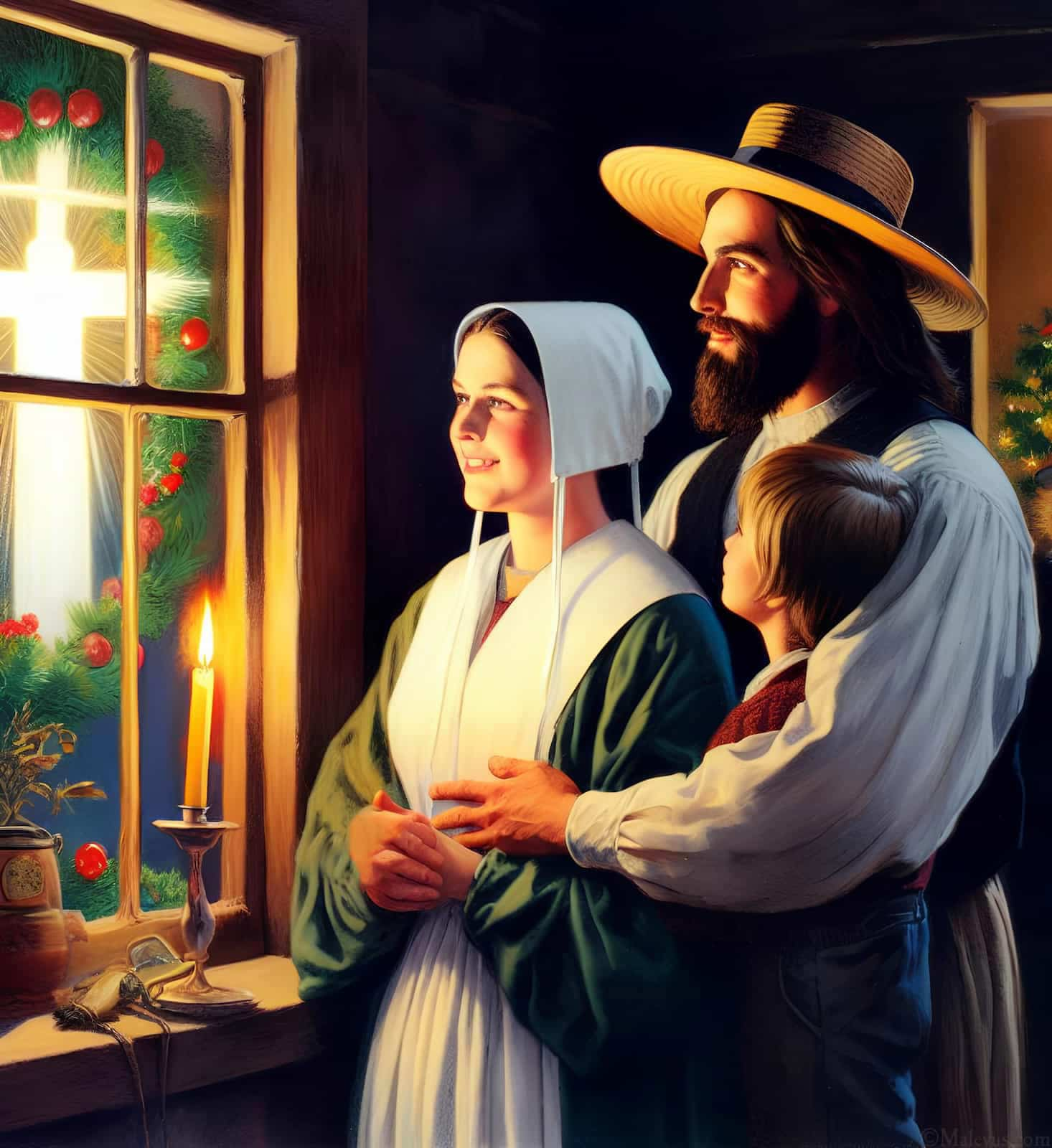Do Amish Celebrate Christmas? They Do Differently
Amish do celebrate Christmas, but they have their own traditions and customs, and they are reflected in the way they celebrate the holiday.

Amish do celebrate Christmas, but they have their own traditions and customs, and they are reflected in the way they celebrate the holiday.

